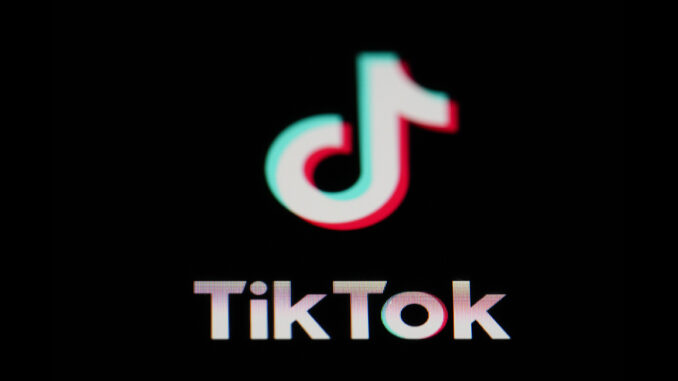
TikTok was aware that its design features are detrimental to its young users and that publicly touted tools aimed at limiting kids’ time on the site were largely ineffective, according to internal documents and communications exposed in lawsuit filed by the state of Kentucky.
Kentucky’s lawsuit was filed last week, alongside separate complaints brought forth by attorneys general in a dozen states as well as the District of Columbia. TikTok is also facing another lawsuit from the Department of Justice and is itself suing the Justice Department over a federal law that could ban it in the U.S. by mid-January.
The redacted information — which was inadvertently revealed by Kentucky’s attorney general’s office and first reported by Kentucky Public Radio — touches on a range of topics, most importantly the extent to which TikTok knew how much time young users were spending on the platform and how sincere it was when rolling out tools aimed at curbing excessive use.
Beyond TikTok use among minors, the complaint alleges the short-form video-sharing app has prioritized “beautiful people” on its platform and has noted internally that some of the content-moderation metrics it has publicized are “largely misleading.”
When reached for comment, TikTok spokesperson Alex Haurek said: “It is highly irresponsible of the Associated Press to publish information that is under a court seal. Unfortunately, this complaint cherry-picks misleading quotes and takes outdated documents out of context to misrepresent our commitment to community safety.”
“We have robust safeguards, which include proactively removing suspected underage users, and we have voluntarily launched safety features such as default screentime limits, family pairing, and privacy by default for minors under 16,” Haurek said in a prepared statement.
The complaint alleges that TikTok has quantified how long it takes for young users to get hooked on the platform and shared the findings internally in presentations aimed at increasing user retention rates. The “habit moment,” as TikTok calls it, occurs when users have watched 260 videos or more during the first week of having a TikTok account. This can happen in under 35 minutes since some TikTok videos run as short as 8 seconds.
Kentucky’s lawsuit also cites a spring 2020 presentation from TikTok that concluded the platform had already “hit a ceiling” among young users. At that point, the company’s estimates showed at least 95% of smartphone users under 17 used TikTok at least monthly, the complaint notes.
TikTok tracks metrics for young users, including how long young users spend watching videos and how many of them use the platform every day. The company uses the information it gleans from these reviews to feed its algorithm, which tailors content to people’s interests and drives user engagement, the complaint says.
TikTok does its own internal studies to find out how the platform is impacting users. The lawsuit cites one group within the company, called “TikTank,” which noted in an internal report that compulsive usage was “rampant” on the platform.
“But I think we need to be cognizant of what it might mean for other opportunities. And when I say other opportunities, I literally mean sleep, and eating, and moving around the room, and looking at somebody in the eyes,” the unnamed executive said, according to the complaint.
TikTok has a 60-minute daily screen time limit for minors, a feature it rolled out in March 2023 with the stated aim of helping teens manage their time on the platform. But Kentucky’s complaint argues that the time limit — which users can easily bypass or disable — was intended more as a public relations tool than anything else.
The lawsuit says TikTok measured the success of the time limit feature not by whether it reduced the time teens spent on the platform but by three other metrics — the first of which was “improving public trust in the TikTok platform via media coverage.”
Reducing screen time among teens was not included as a success metric, the lawsuit said. In fact, it alleged the company had planned to “revisit the design” of the feature if the time-limit feature had caused teens to reduce their TikTok usage by more than 10%.
TikTok ran an experiment and found the time-limit prompts shaved off just a minute and a half from the average time teens spent on the app — from 108.5 to 107 minutes per day, according to the complaint. But despite the lack of movement, TikTok did not try to make the feature more effective, Kentucky officials say. They allege the ineffectiveness of the feature was, in many ways, by design.

